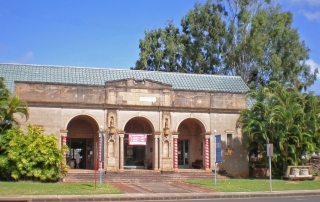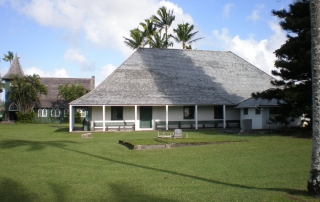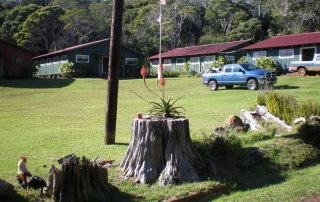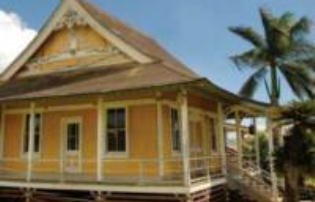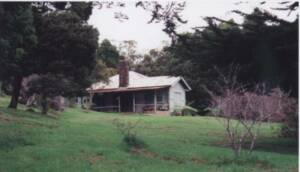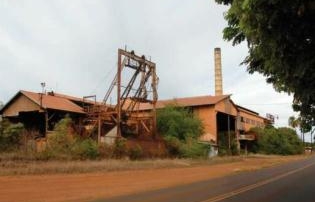Kauai Museum
Address 4428 Rice Street, Lihue, Kauai 96766 TMK (4) 3-6-005:005 SHPD Historic Site Number 30-11-9344 National Register of Historic Places #79000760 Abstract The Albert Spencer Wilcox Building was designed as a single storied structure of beige concrete and native black and brown lava rock with a half basement and a high-pitched blue tile roof. Although originally used as a library, it currently is a museum. The Albert Spencer Wilcox Building is a particularly fine example of a truly indigenous style of architecture, completely original to Hawaii with no counterpart anywhere else and is one of the few surviving Hart Wood designed buildings on the island of Kauai. As a museum it has become a center of information exchange on subjects and activities concerning Kauai. This list of Hawaii’s historic properties is provided as a public service by Historic Hawaii Foundation. It is not the official list of properties designated on the Hawaii State Register of Historic Places. For official designations and determinations of eligibility, contact the State Historic Preservation Division of the Department of Land and Natural Resources of the State of Hawaii at 808-692-8015.


